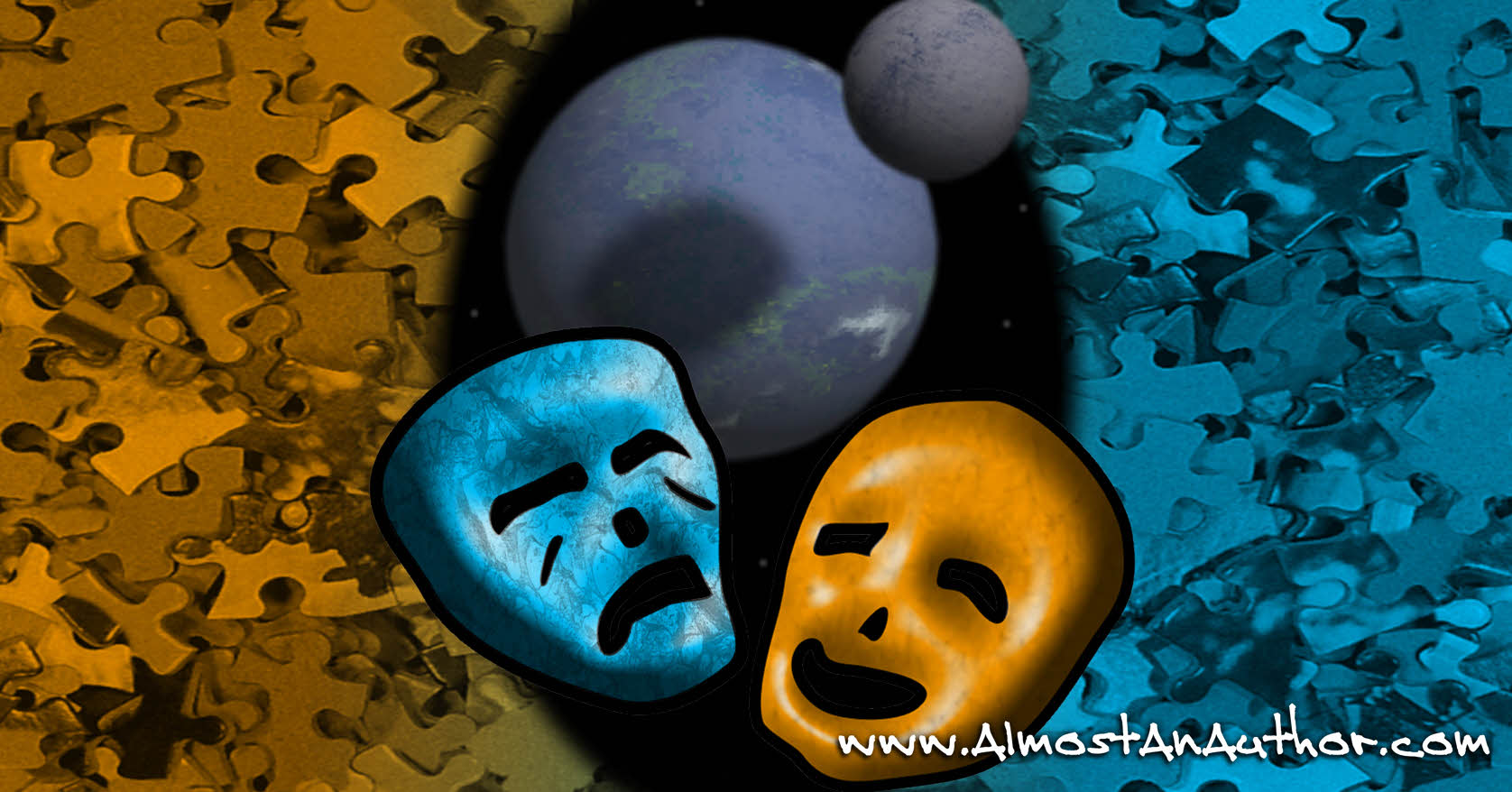
Entertainment in your Storyworld
We’ve spoken before about how little details can help color your storyworld. Societal habits, mating customs, dinner choices, and…
August 10, 2017
We’ve spoken before about how little details can help color your storyworld. Societal habits, mating customs, dinner choices, and…
August 10, 2017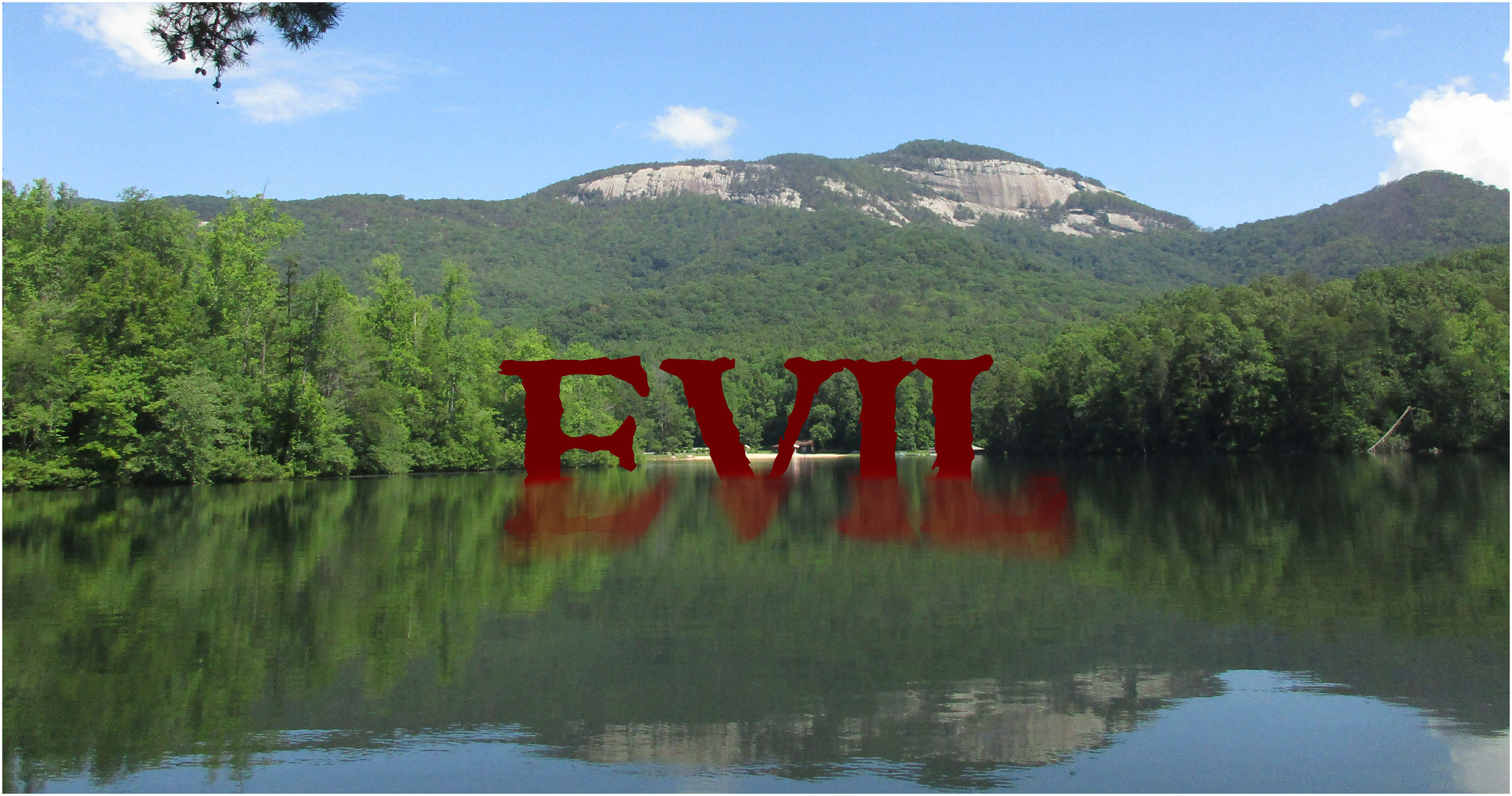
If you’re writing a novel, you can’t do so without a healthy dose of tension. Whatever the protagonist’s goal…
July 9, 2017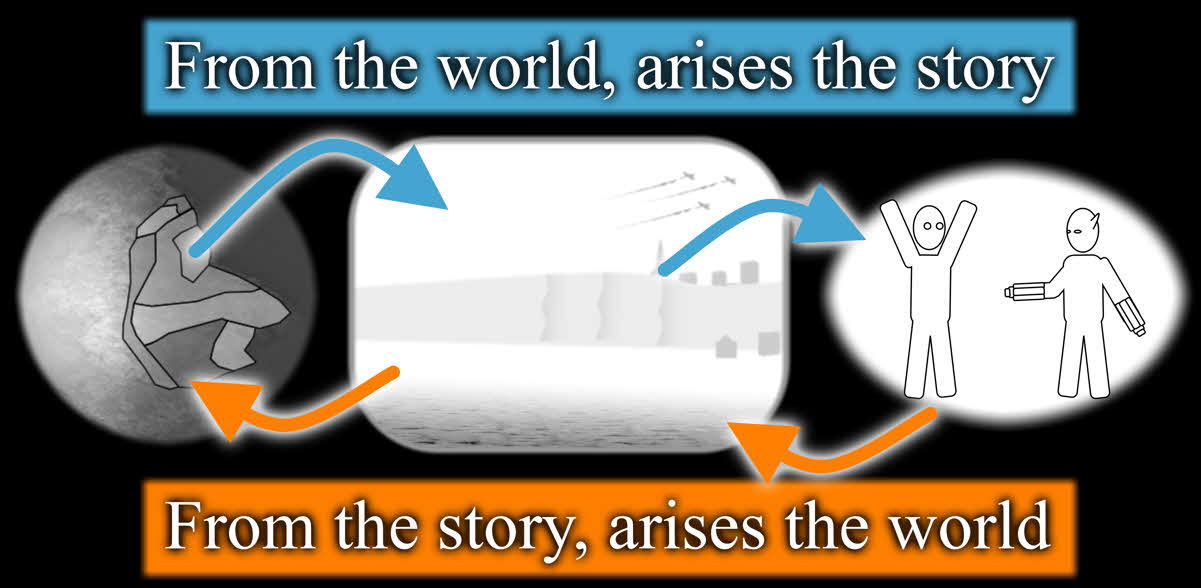
Well, it took God six days to complete the one you’re living in, so don’t expect to make yours in one day.
Worlds are complicated things, and in order to make one believable, you’ll need to take into consideration a whole host of things from politics to geography.
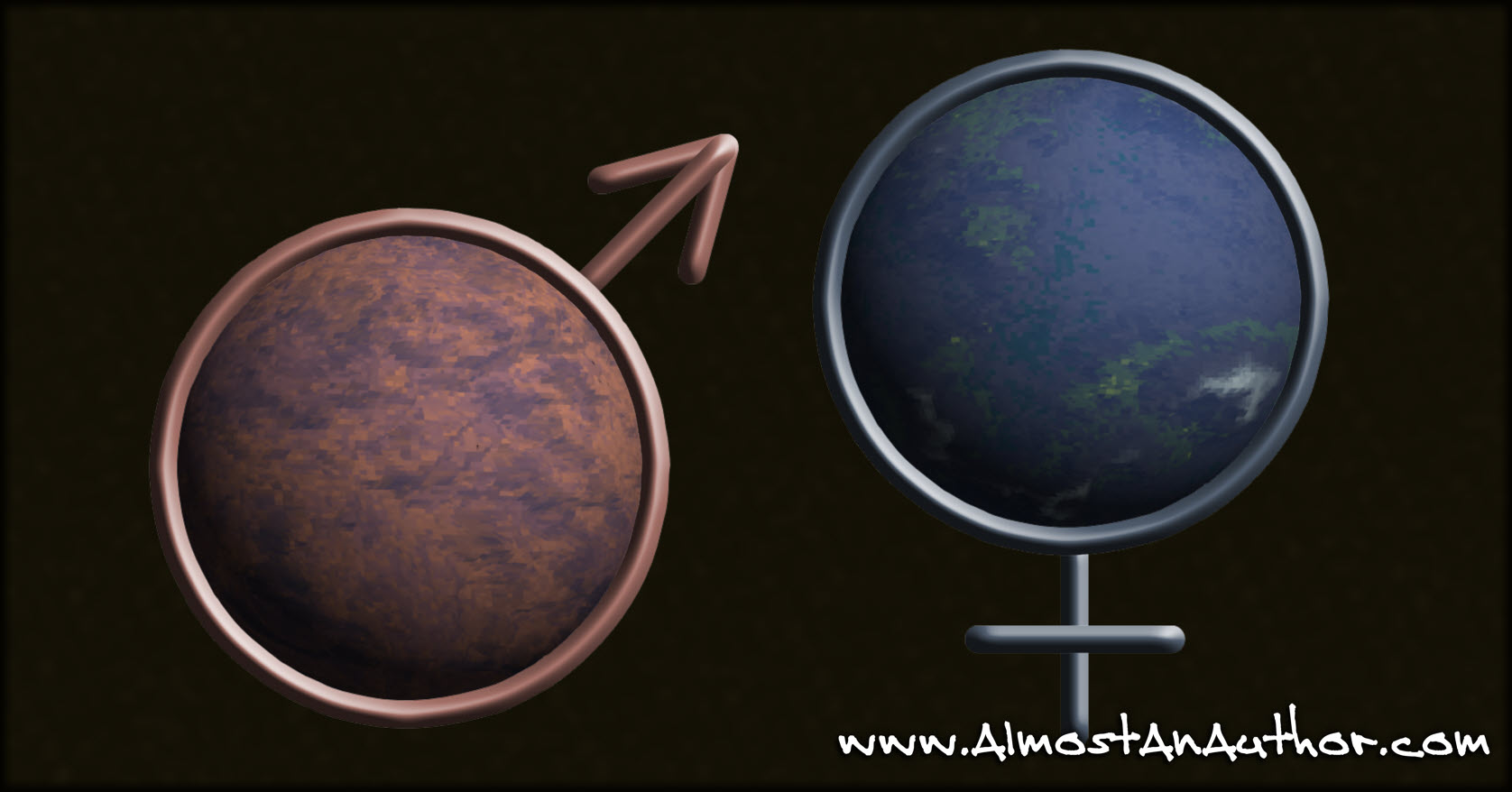
So, I’m going to be talking about sex today. Again. My last article on the subject had more to…
June 9, 2017
Recently, a friend of mine asked me if western civilization was at the end of its life cycle. It’s…
May 11, 2017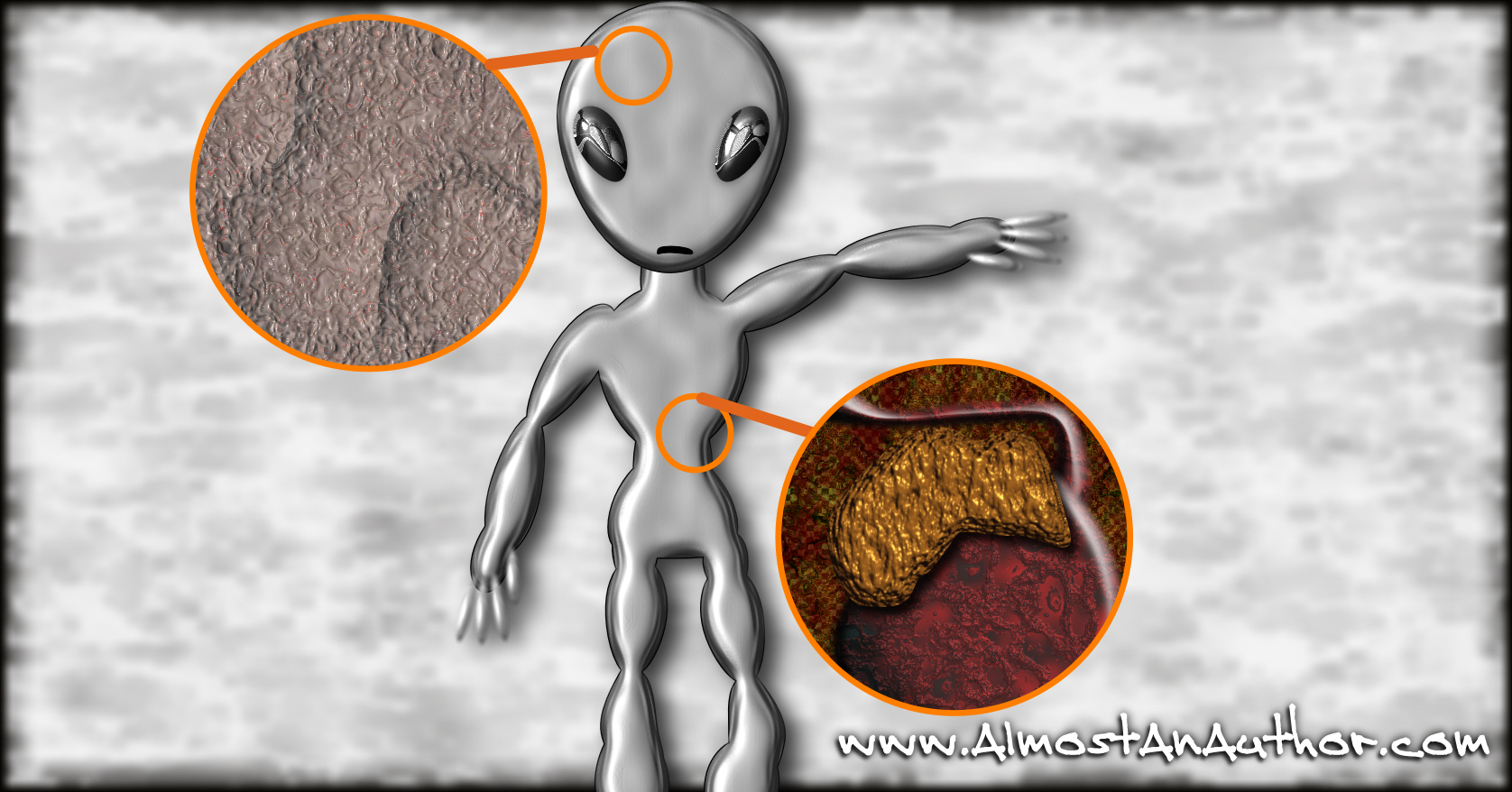
“Based on what we know of the creature’s hormones,” Doctor Stein said, “we’ve managed to keep our little captive…
April 17, 2017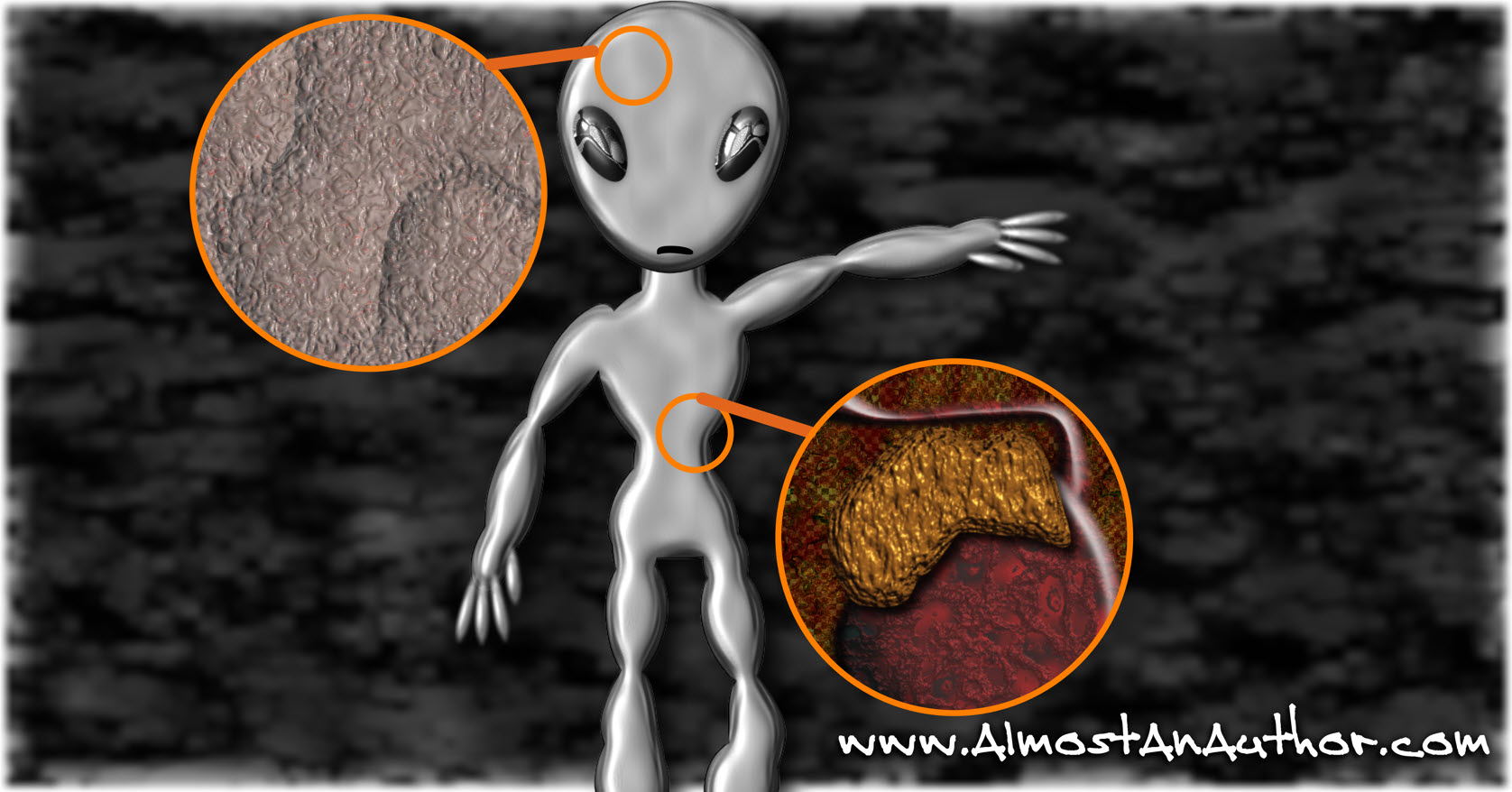
Before Jim or Doctor Stein had time to think, the egg burst in Jim’s hand, sending shell fragments around…
March 13, 2017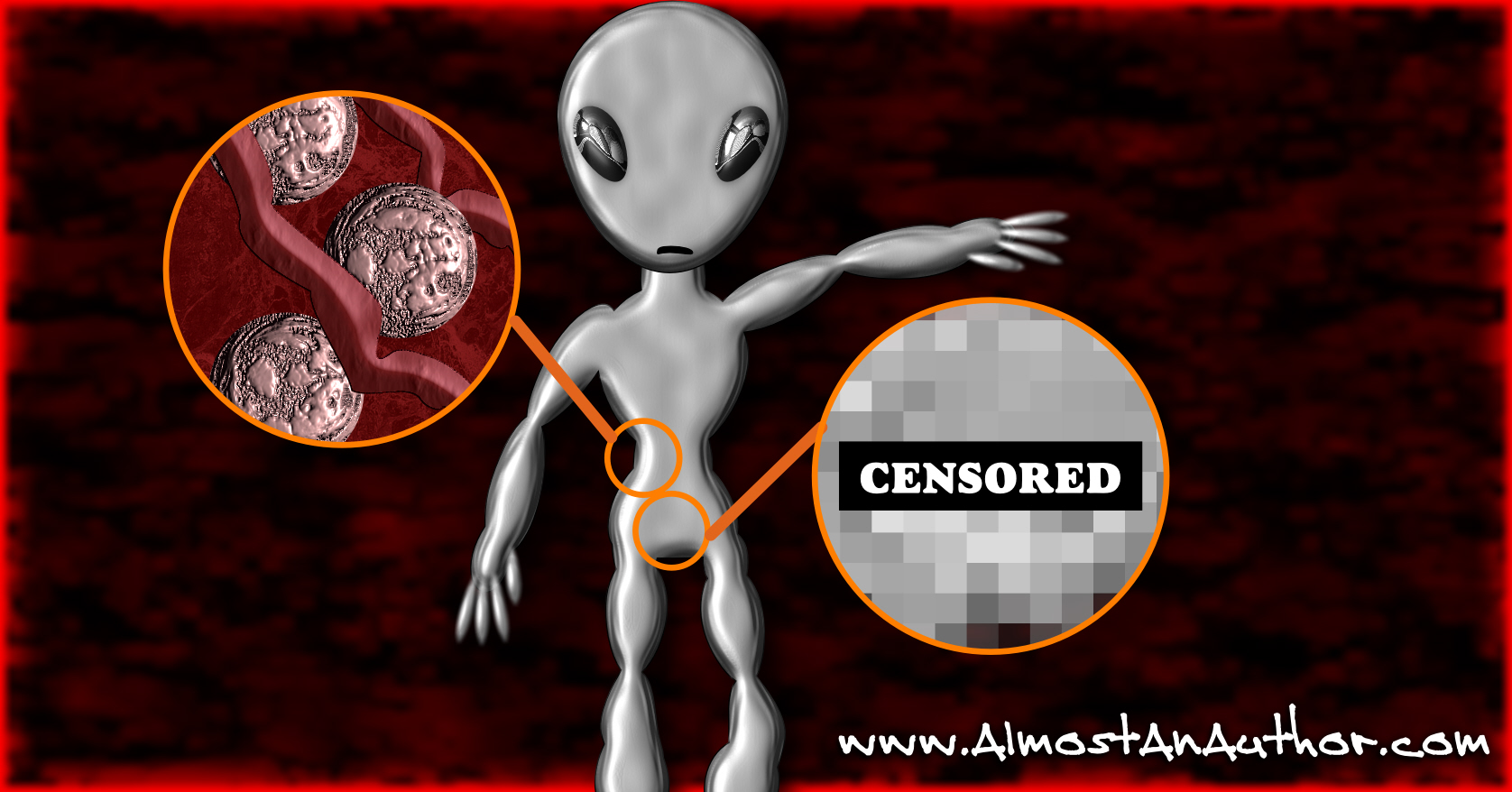
Jim held a gray spheroid up to the light. “So Doc, you’re saying the sex of this alien was…
February 13, 2017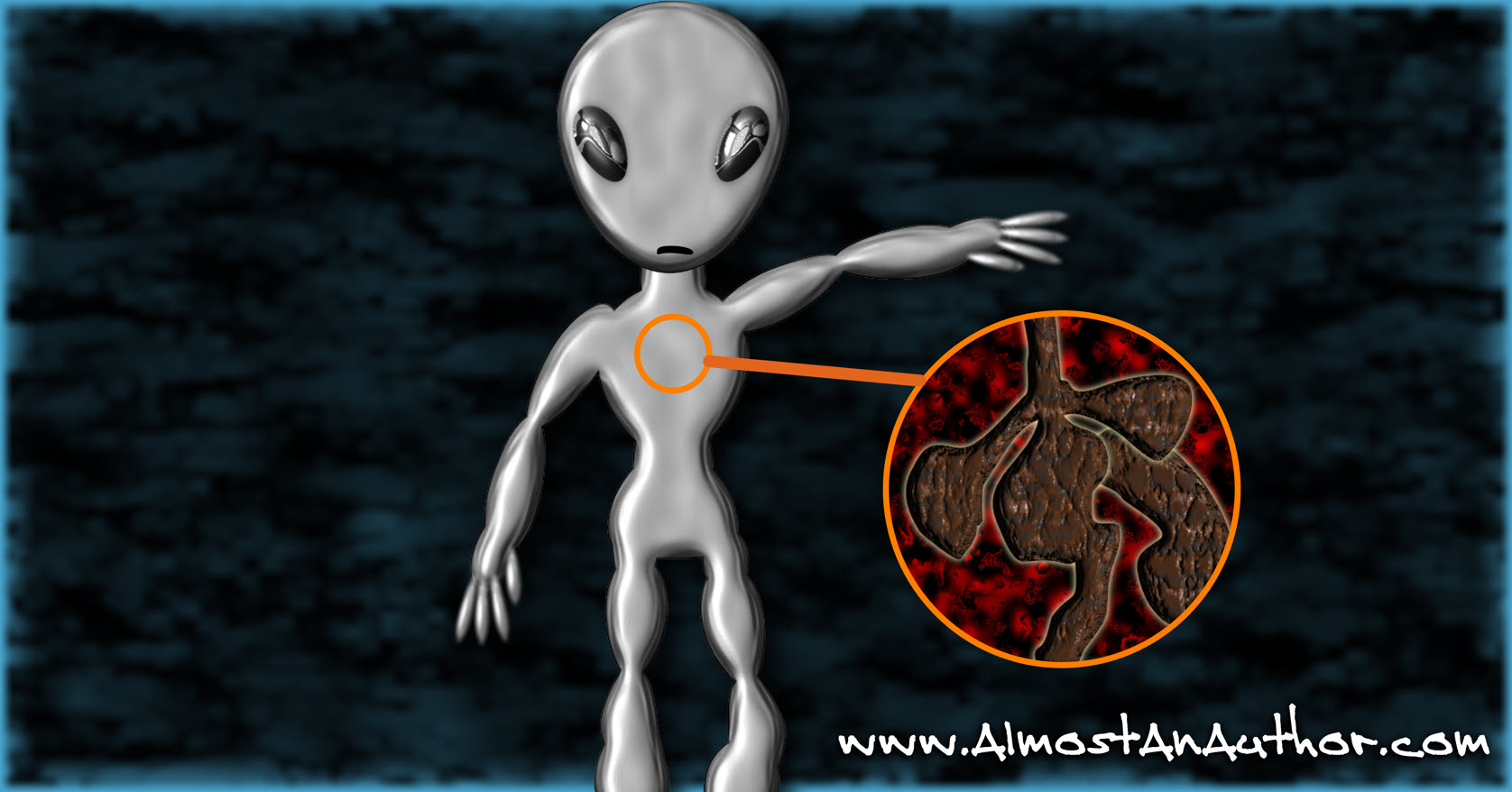
The autopsy window allowed Jim a clear view of the good doctor’s grim work. The gray-skinned corpse had been…
January 16, 2017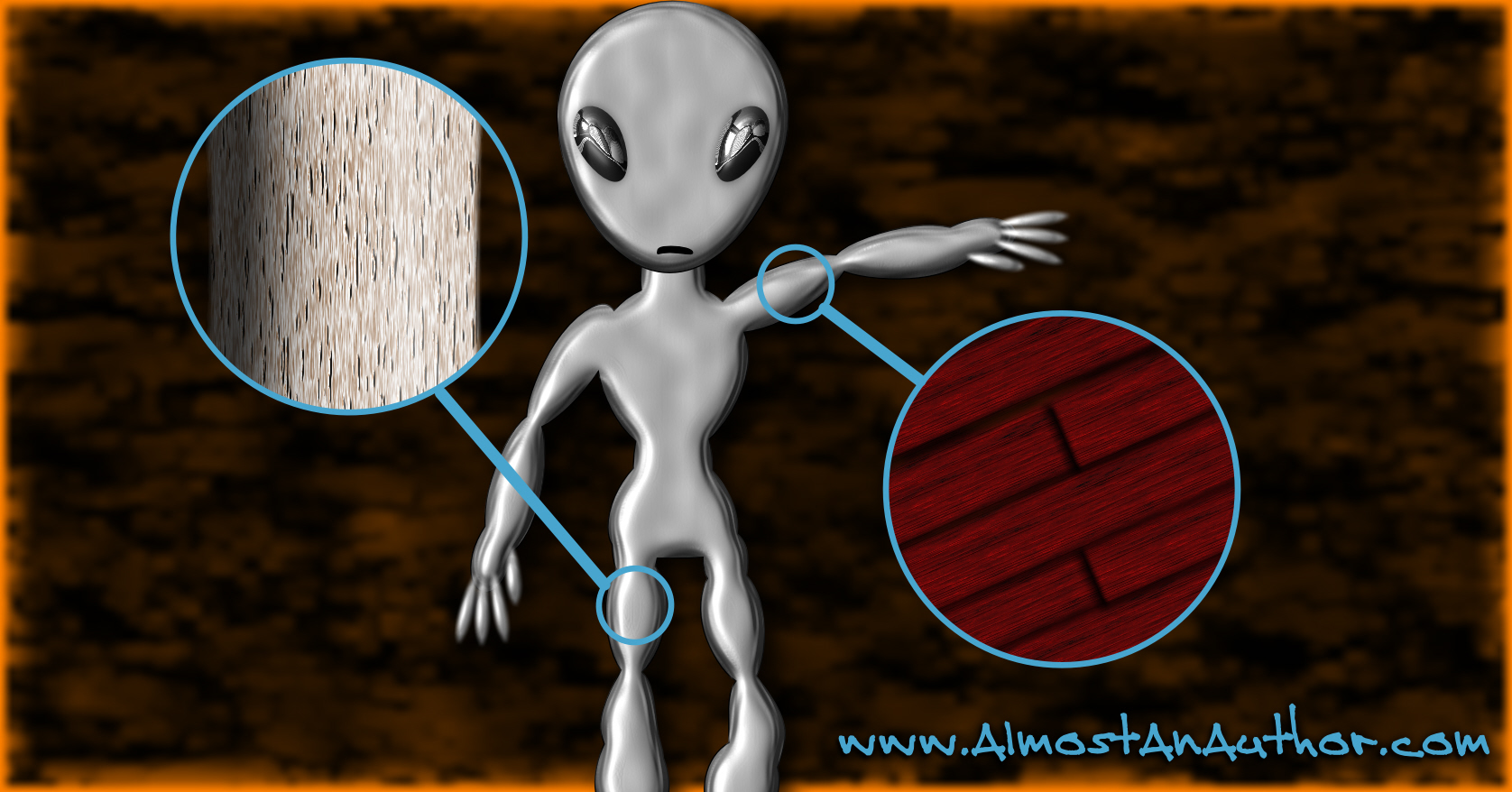
Jim always thought first contact with an alien race would involve ceremony and formality. But standing over the bullet-riddled…
December 18, 2016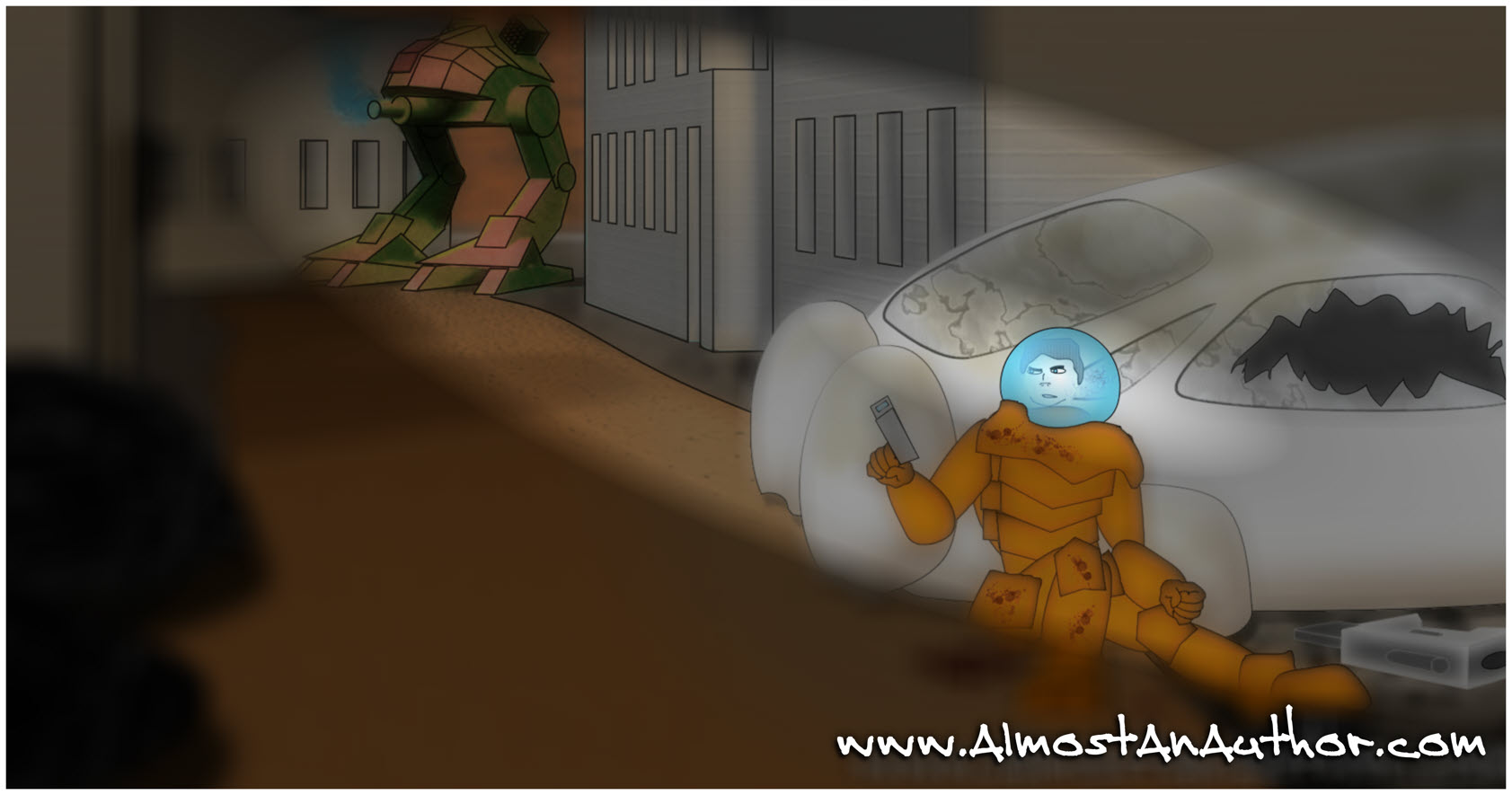
The carbine was still jammed and Jim couldn’t do anything to fix it. He finally tossed it aside and…
November 9, 2016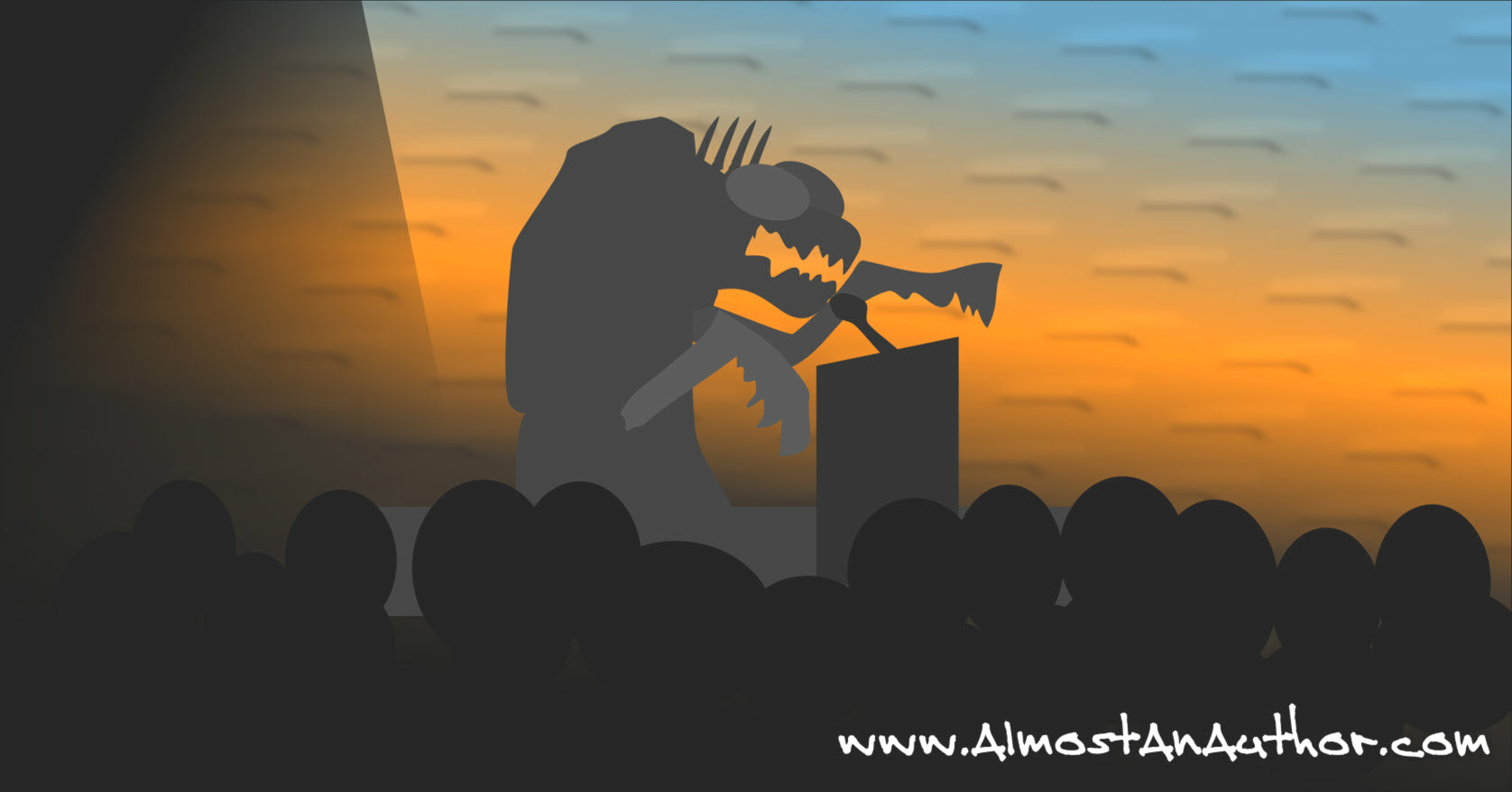
The murmur of countless alien tongues subsided as the chairman of the interstellar council called for order. The delegates…
October 11, 2016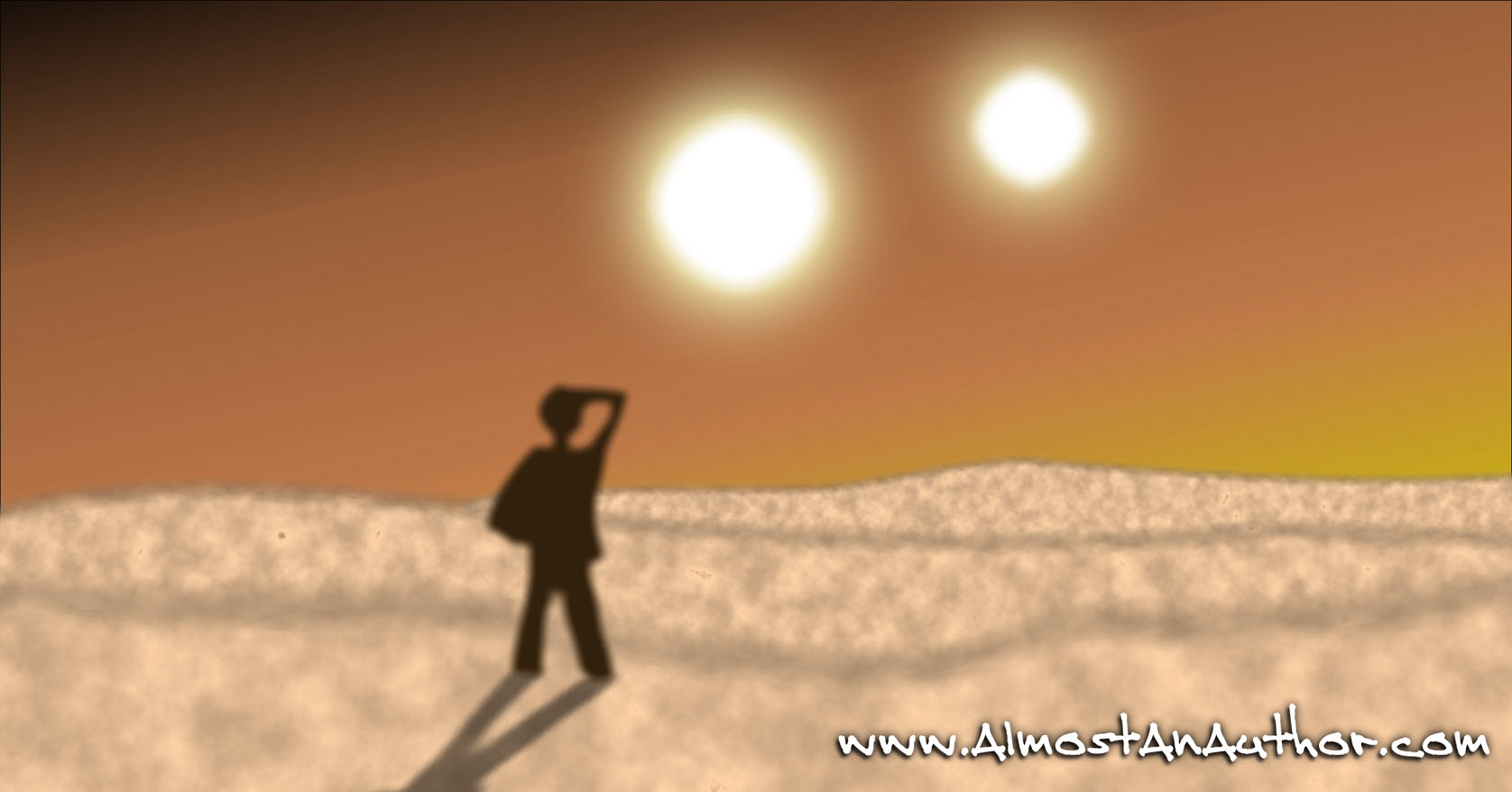
As Tatooine’s twin suns slowly inch to the sand dunes in the horizon, a lone figure strains his eyes…
September 11, 2016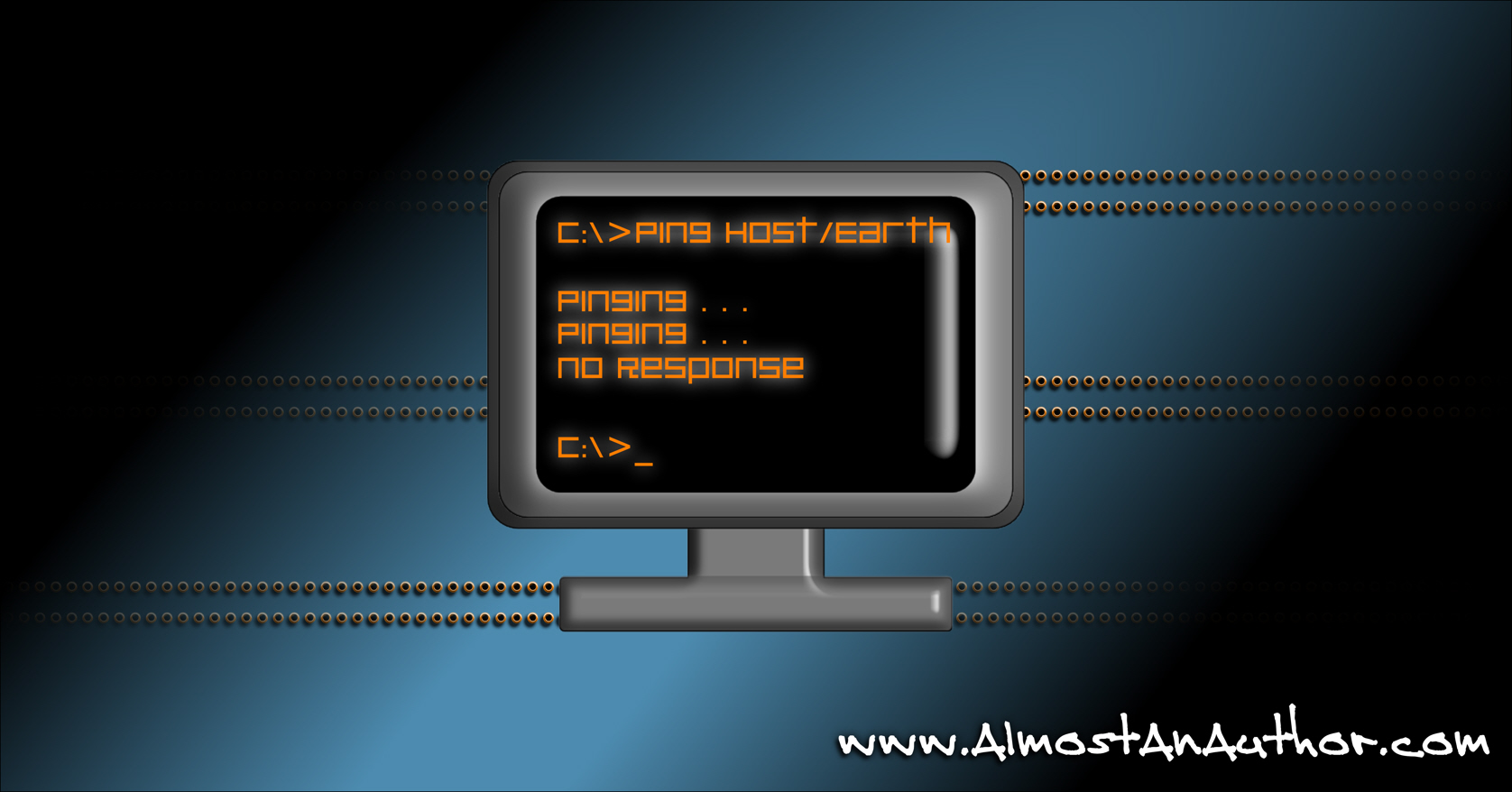
Last month we discussed various methods of communication in a fantasy realm. The general idea was that you can’t…
August 15, 2016
Written forms of communication have existed since the first man decided to scratch something on a cave wall, allowing…
July 10, 2016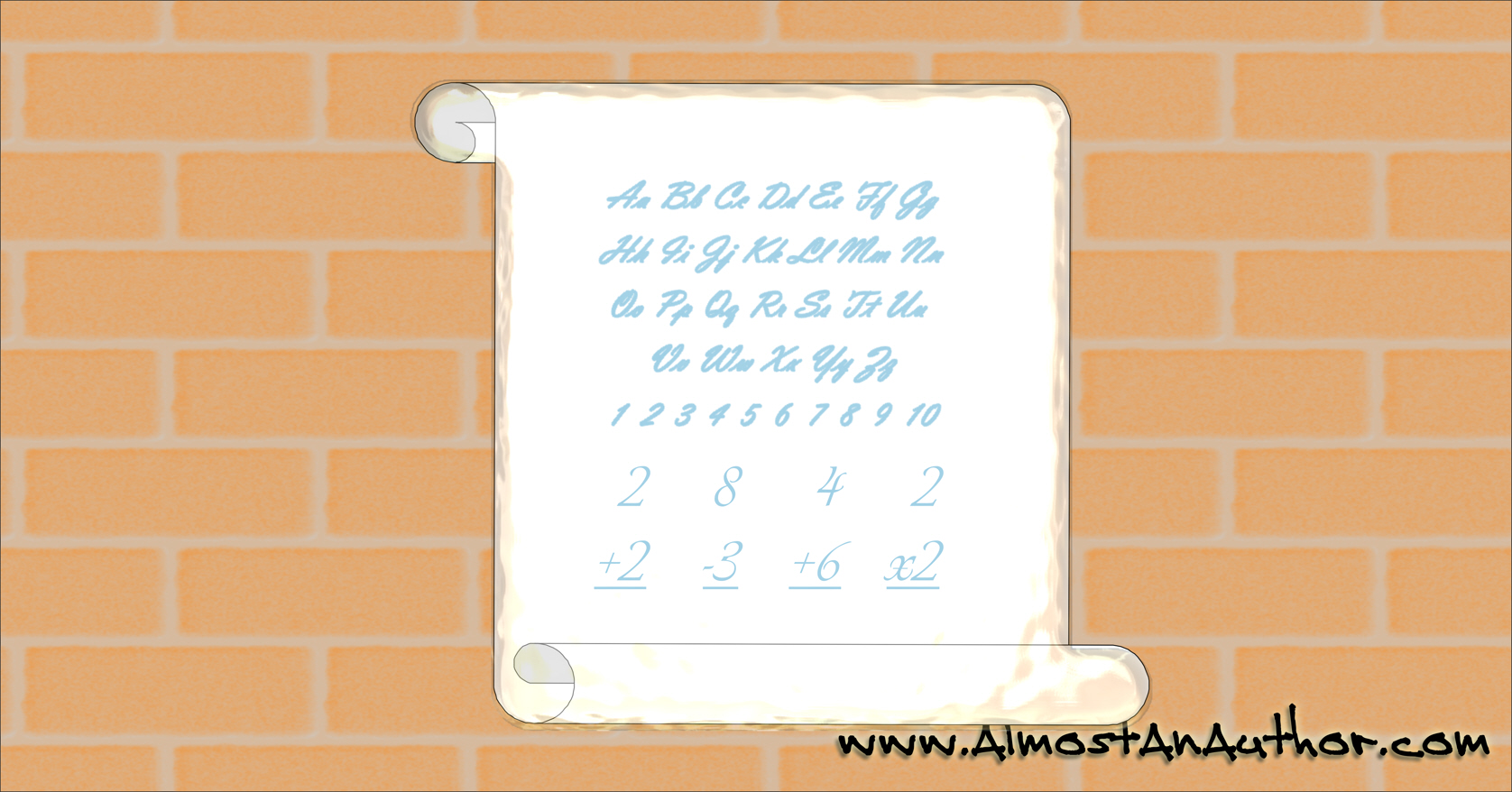
Have you considered education? No, this isn’t an article about how to raise your kids, this is an article…
June 12, 2016
In order to write fictitious people groups into your storyworld, you’ll need to consider the civilization in which these…
May 8, 2016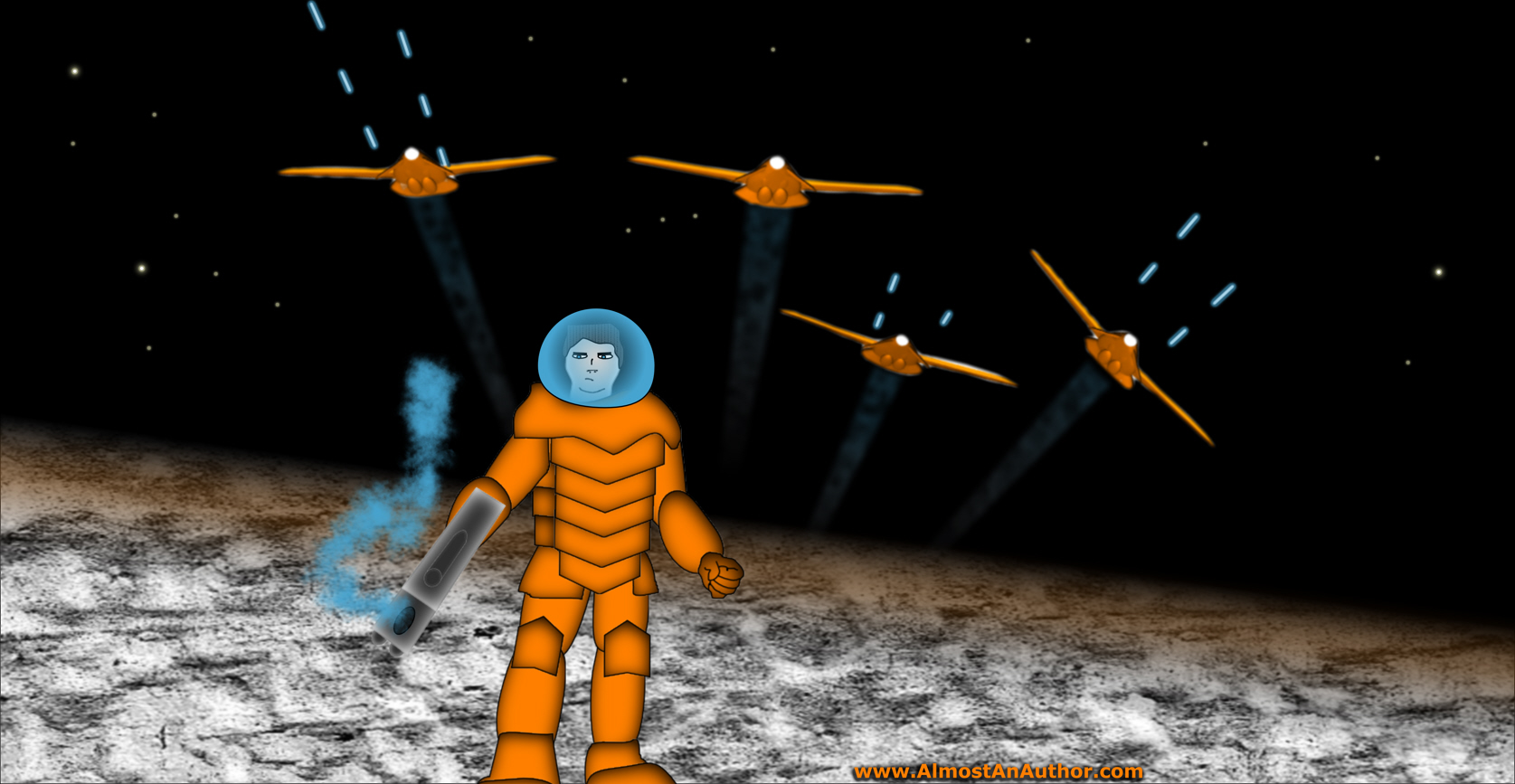
Last month we talked about military technology and how it can be just as important in a fantasy book…
April 3, 2016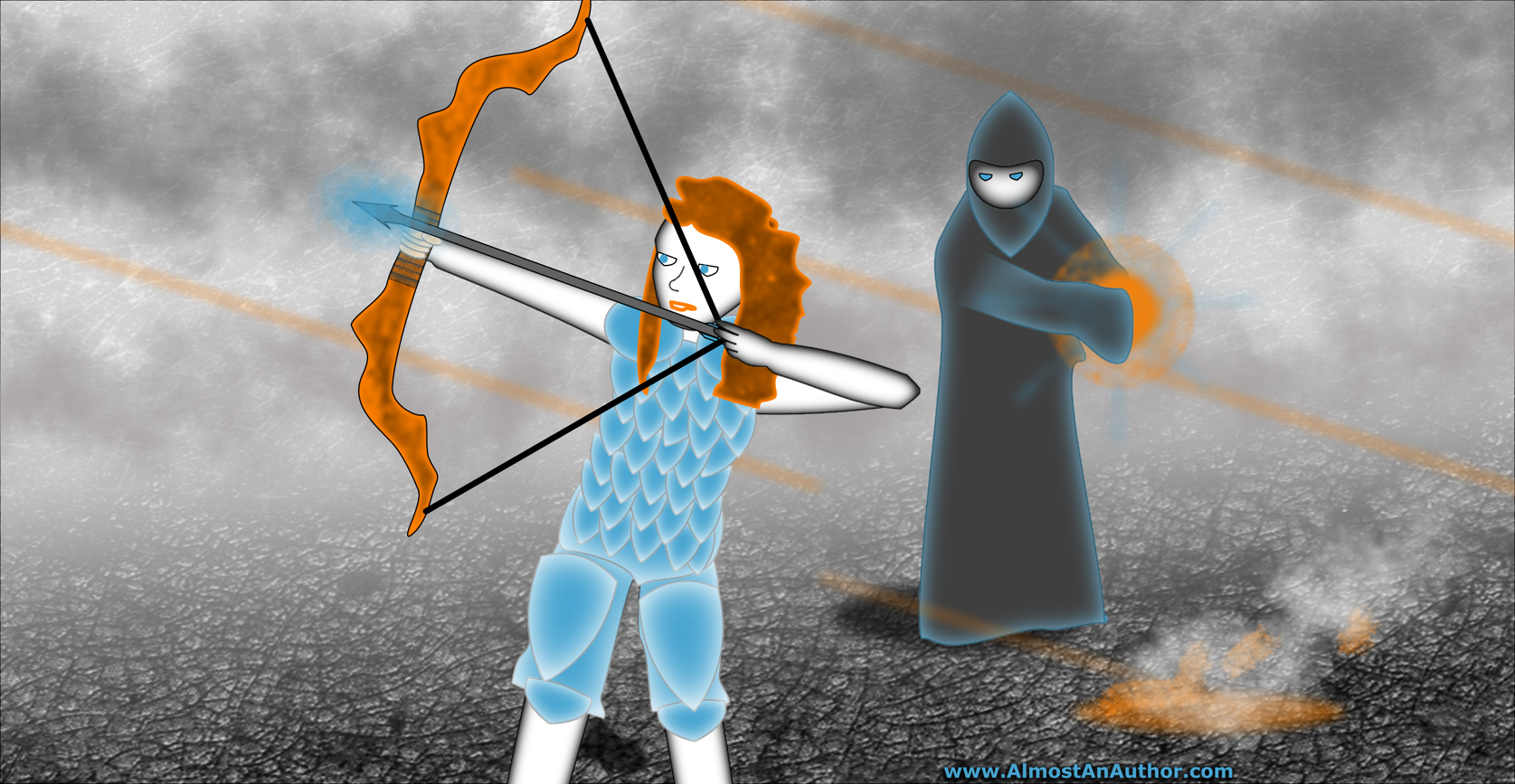
Military technology is an important consideration when writing speculative fiction, but sci-fi authors aren’t the only ones who need…
March 6, 2016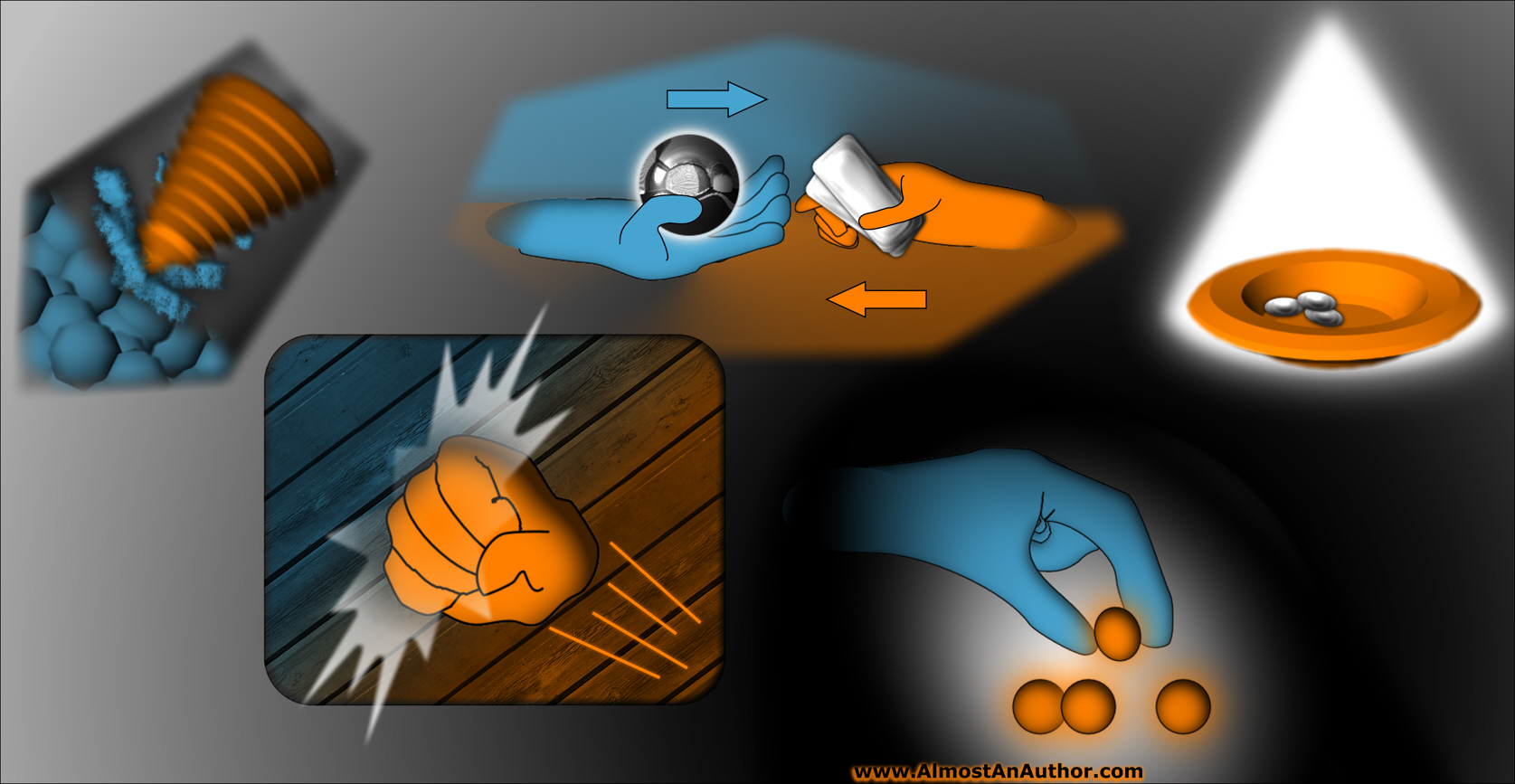
When writing a speculative fiction novel, determine what the things of value are in your world. Water, food, shelter-building resources,…
February 7, 2016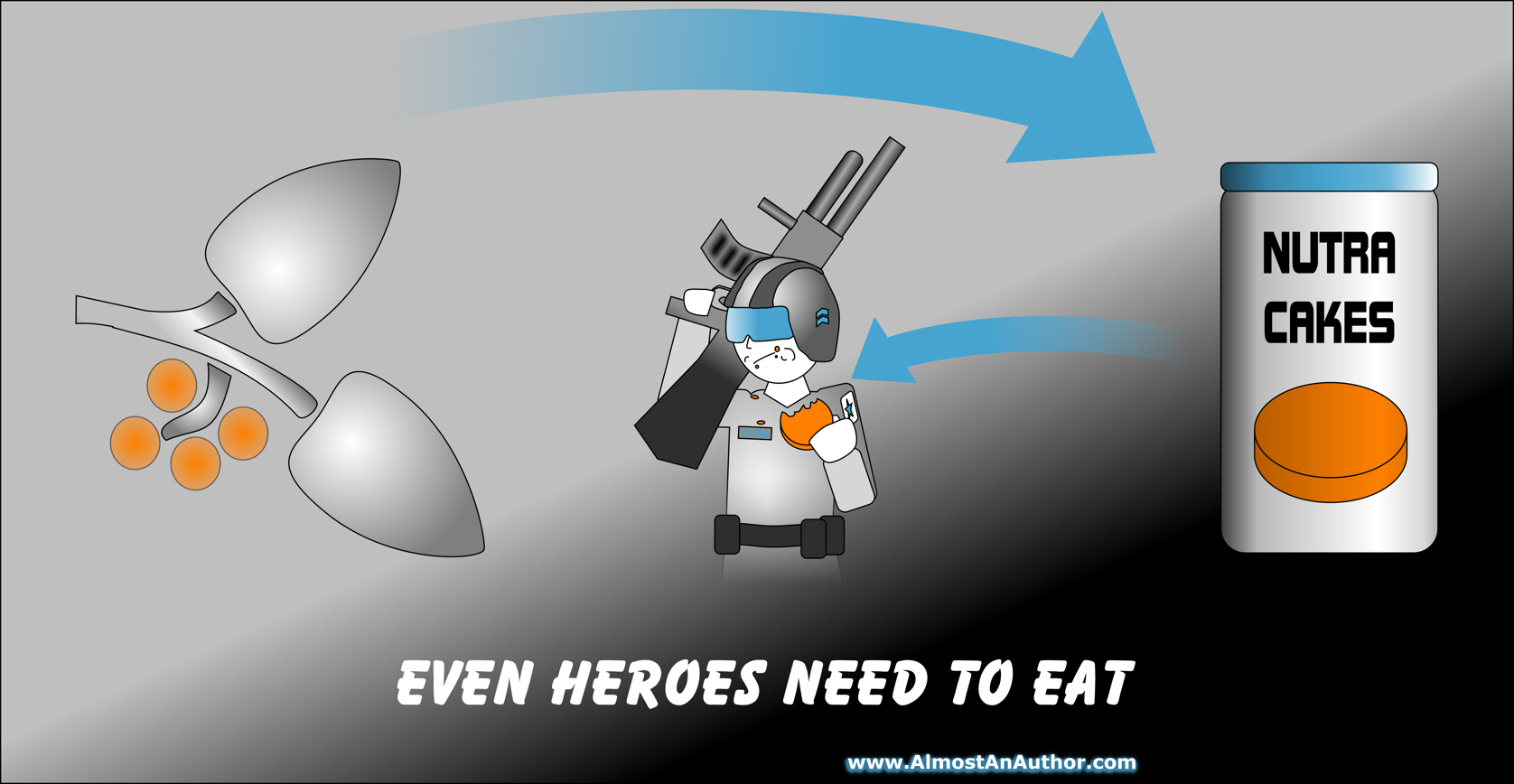
Regardless how fantastic the setting, the people in your book must treat their environment as commonplace. A character who…
November 28, 2015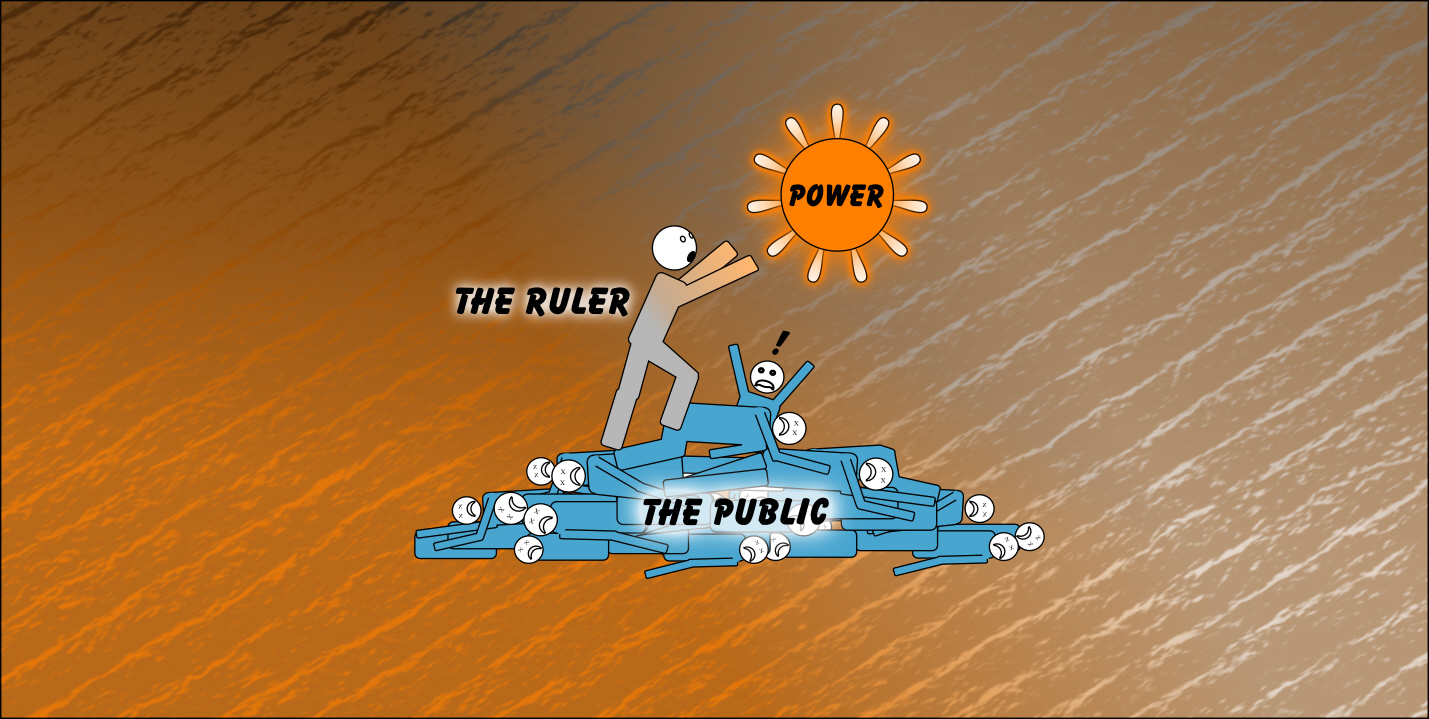
Last month, we looked at governance by law first, and people second. If the characters in your book find themselves in…
October 4, 2015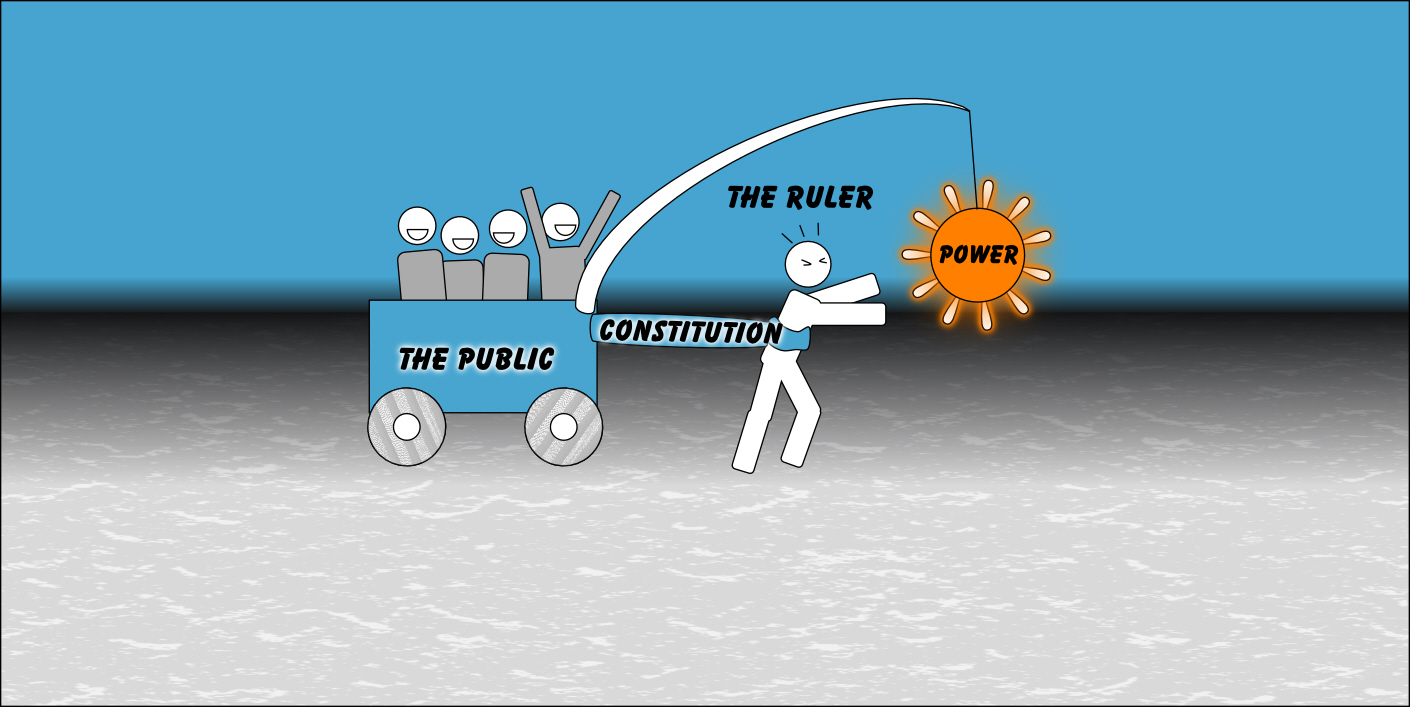
The people in your world need governance. I’m sorry. I wish I could make it untrue, but a believable…
September 5, 2015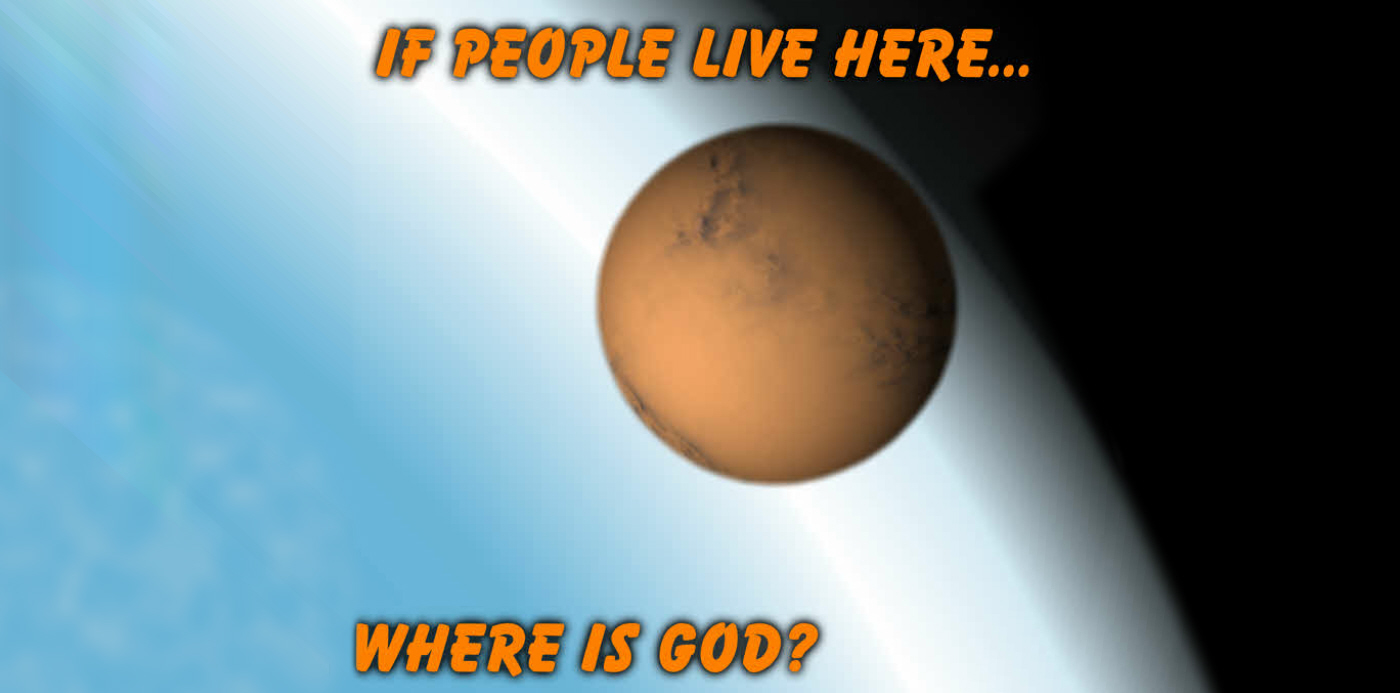
Last month we looked at writing fictitious, sentient creatures within our own universe. In summary, God has a plan…
August 4, 2015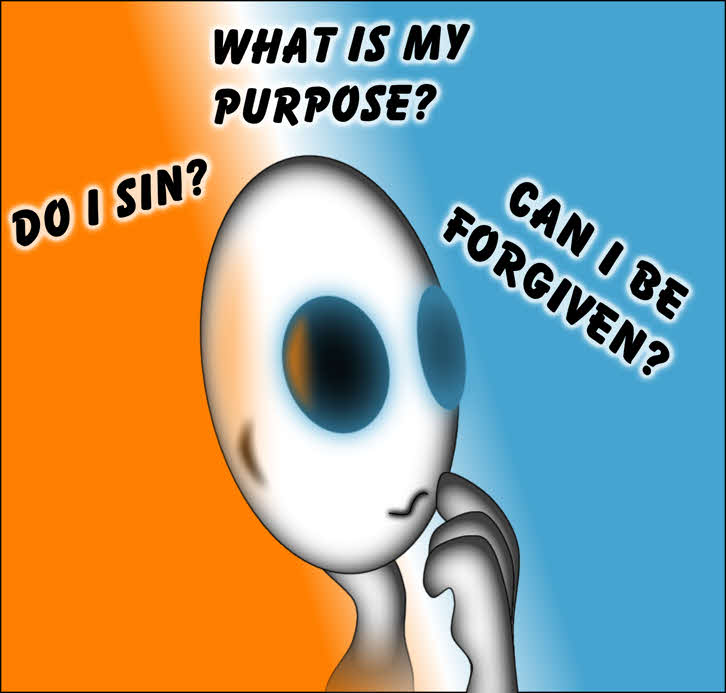
Atheists believe all creatures evolved over countless millennia of bloodshed, allowing only the fittest members of a species to…
July 3, 2015